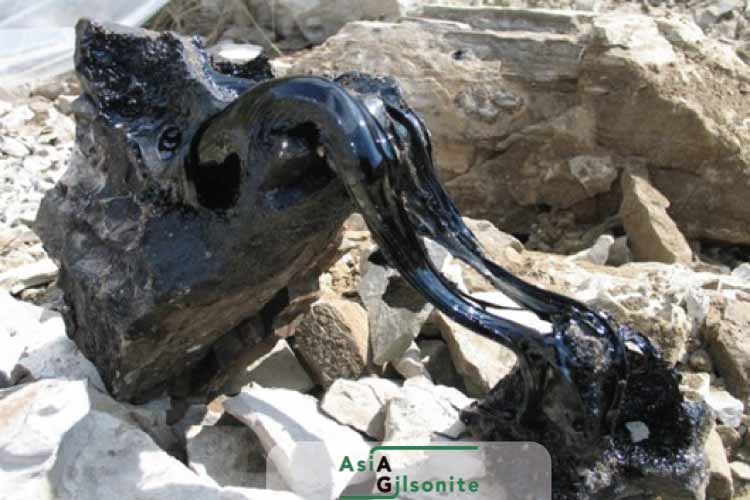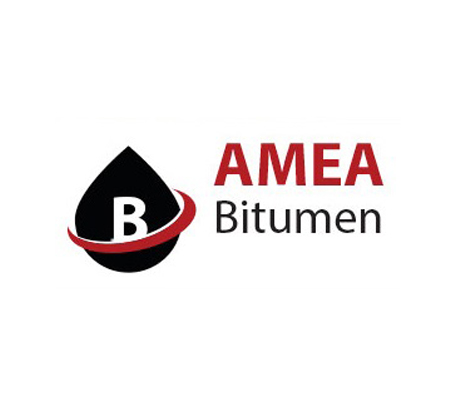Gilsonite is a naturally occurring hydrocarbon, while Bitumen is a petroleum product. While they may have similar properties, they cannot be used interchangeably in all applications. The decision to use one over the other will depend on the specific needs of the project and the properties required for the material. Keep reading the following article if you’re up to learning more about the differences between Bitumen and Gilsonite.
For more expert insights and detailed comparisons, continue exploring this article on AsiaGilsonite.
The Difference Between Gilsonite and Bitumen
Gilsonite and Bitumen are both forms of natural asphalt, but they have differences in their physical and chemical properties as well as appearance and application areas.
The Origin of Bitumen and Gilsonite
Gilsonite is formed from the near-surface oxidation and biodegradation of crude oil and has a high carbon content, while bitumen is a highly viscous, tar-like substance that forms naturally from the same process, but after the crude oil has been buried deeply, subjected to heat, and pressurized.
The Appearance and Texture of Bitumen and Gilsonite
Bitumen is a semi-solid or solid material with a black, shiny appearance and is generally more dense and viscous than Gilsonite, which has a unique, shiny black appearance with a rough, porous texture. Gilsonite is a brittle and glass-like substance and is easily crushed into a fine powder.
The Applications of Bitumen and Gilsonite
Both Gilsonite and bitumen have various industrial applications, but they are used for different purposes. Gilsonite is commonly used in drilling muds, asphalt paving, oil and gas drilling, asphalt roofing, and as a binder in foundry and molding sands, while Bitumen is mainly used in the construction of roads, airports, and waterproofing materials. It is also used in roofing, insulation, and other industrial applications.
The Physical Properties of Gilsonite VS. Bitumen
Gilsonite has a melting point of about 160 to 220 °C and commonly has an Ash content of less than 1%. It has a specific gravity of 1.05 to 1.10 and a hardness of 2 to 2.5 on the Mohs scale. It has a softening point of 150 to 200 °C.
On the other hand, bitumen has a much lower melting point, around 54 to 173 °C, and typically has a higher sulfur content than Gilsonite. Bitumen has a specific gravity of 1.0 to 1.5 and a hardness of 1 to 2 on the Mohs scale. It has a softening point of 45 to 150°C.
The Chemical Composition of Gilsonite VS. Bitumen
Gilsonite and Bitumen are also different in terms of their chemical formulas. Gilsonite is a naturally occurring solid hydrocarbon that consists of high molecular weight heterocyclic compounds and aromatics. It contains a significant amount of asphaltenes, resins, and other organic compounds. The chemical formula of Gilsonite is CnH2n-2O2, where n ranges from 30 to 50.
On the contrary, Bitumen is a complex mixture of hydrocarbons that includes asphaltenes, resins, aromatic compounds, and other organic compounds. The chemical formula of Bitumen varies depending on the source, but it usually contains high amounts of carbon, hydrogen, sulfur, and nitrogen.
The following table will give you a short glance at the difference and features of Bitumen and Gilsonite.
| Name of the material | Feature Properties | Applications |
| Gilsonite | High melting point (160 to 220 °C)
High volatility (easily evaporates) Low ash content (less than 1%) High carbon content (80-90%) |
Asphalt and pavement additives
Oil and gas drilling fluids Ink and paint additives Foundry sand additives Adhesives and sealants Waterproofing agents Explosives and pyrotechnics |
| Bitumen | Low melting point (54 to 173 °C)
High viscosity High asphaltene content Low volatility |
Road construction and surfacing
Roofing and waterproofing Pipeline coatings Sealing and insulating materials Paints and coatings Adhesives and sealants Electrical insulation |
Conclusion
In general, both Gilsonite and Bitumen offer important benefits in different industrial applications. Gilsonite’s high melting point and volatility make it well-suited for use in drilling fluids and foundry sand additives, while bitumen’s low melting point and viscosity make it ideal for road construction and pipeline coatings.
To sum up, these natural materials can be recognized from each other based on their chemical compositions, physical properties, and application areas.





